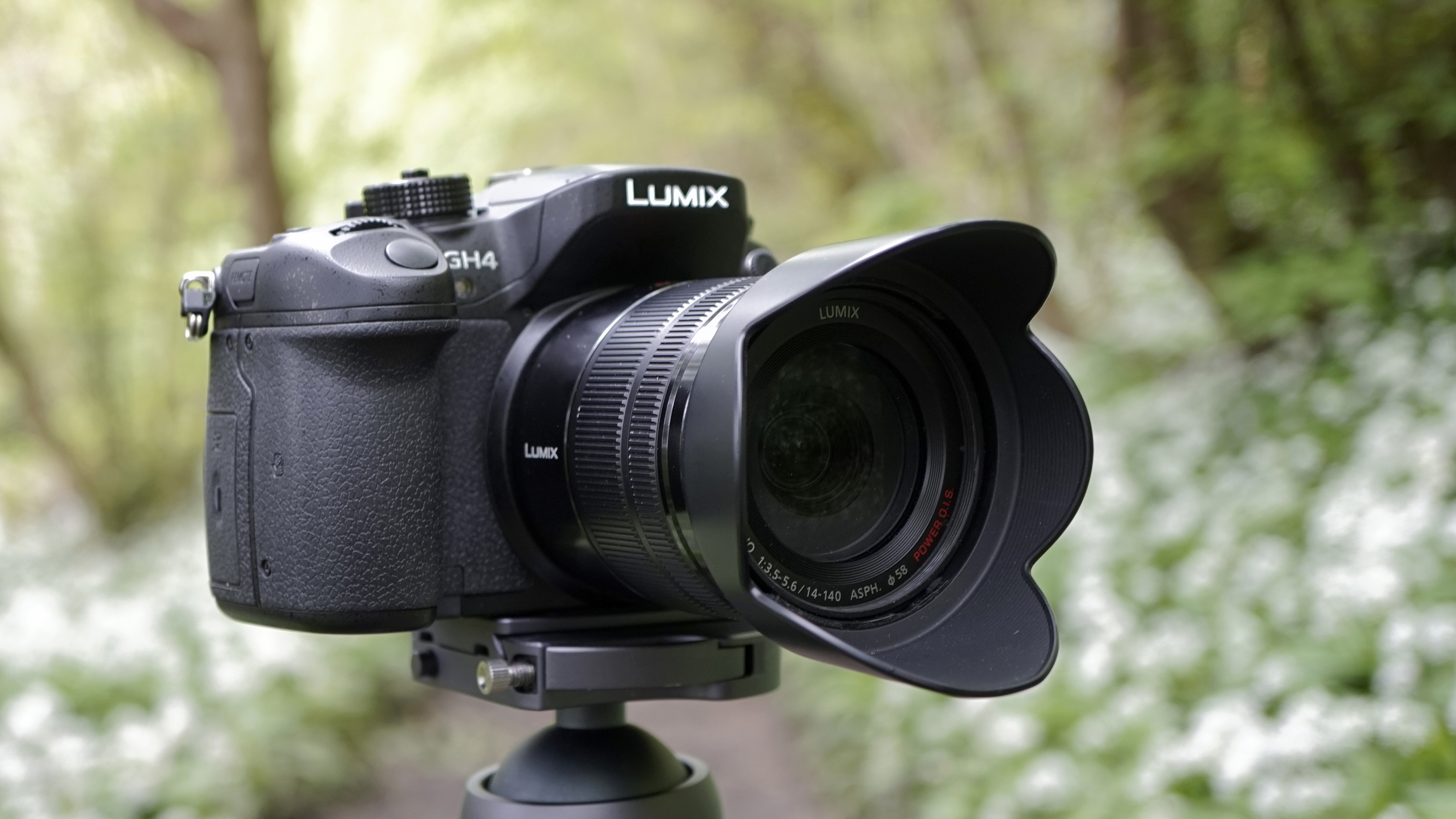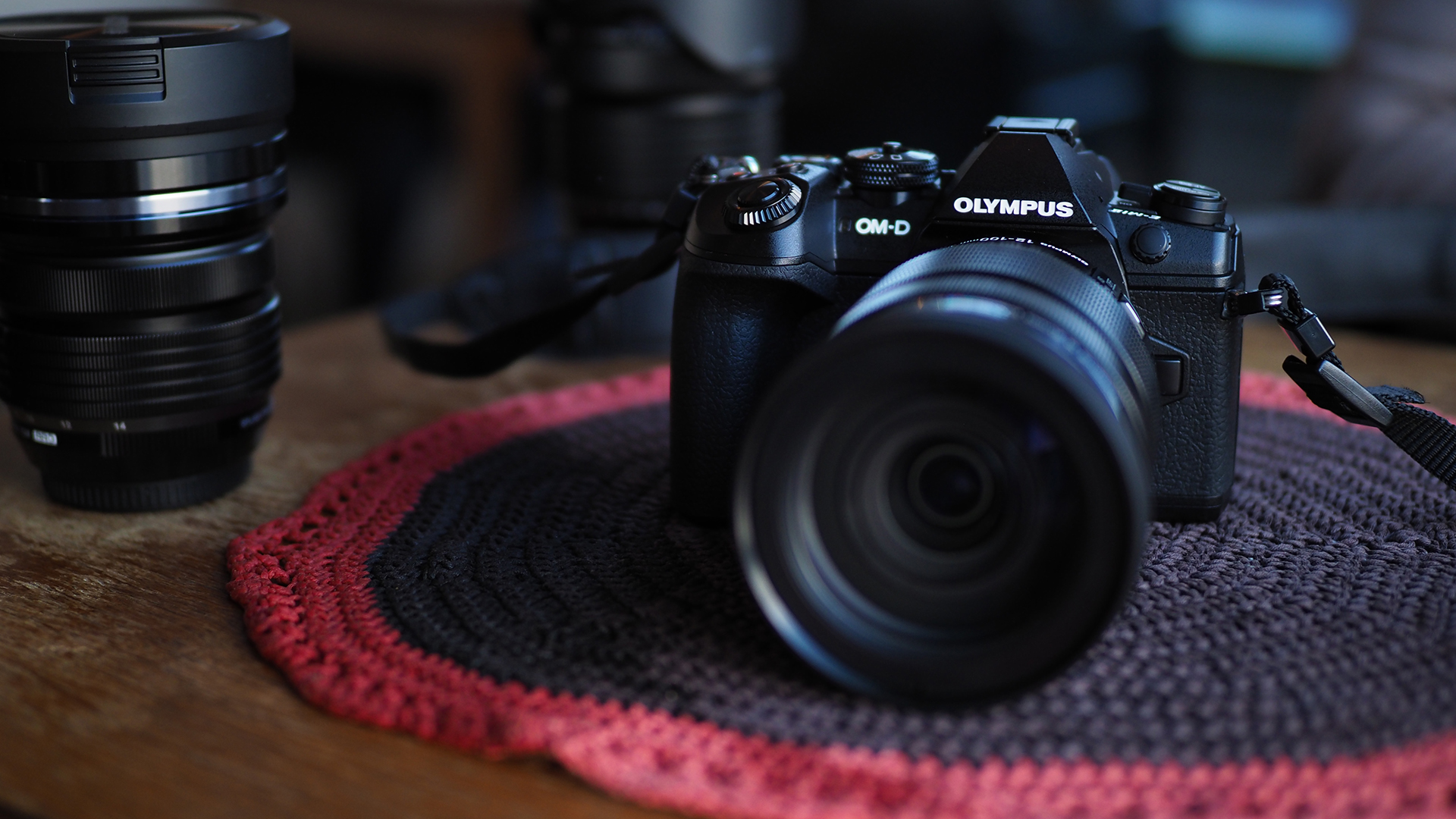Why you can trust TechRadar
Verdict
This is by far Olympus most impressive and feature complete camera to date. Whether you’re a sports photographer, videographer or a professional getting into commercial work, the OM-D E-M1 Mark II has something for you.
Whereas the original OM-D E-M1 only felt like a flagship camera among its own line and not cameras from other brands, the Mark II was made to steal the limelight from everyone else.
Olympus has shown its video features are more than a match for the Sonys and Panasonics of the world. Meanwhile, the new 20.4MP sensor shows the Micro Four Thirds format still has room to evolve and improve.
As an overall package, Olympus has left no stone unturned between the improve image stabilization, dramatically more powerful image processing and expanded AF system. It’s not as affordable as the Sony A6500 or the Fujifilm X-T2, but if you’re looking for a weatherproof system that can do still and video, the Olympus OM-D E-M1 Mark II is the total package.
Comparisons

Sony A6500
A fast focusing, image stabilized beast
Sensor size: APS-C | Megapixels: 24.2MP| Viewfinder: 2,359k dot EVF | Screen type: 3.0 inch 921k-dot | Maximum continuous shooting rate: 11 | Movies: 4K (3,840 x 2,160) 30p
If you want even more lightning fast autofocus performance, the Sony A6500 has you covered with 425 phase detect points combined with 169 points of contrast detection coverage. The A6500 packs all the benefits of Sony’s full-frame A7 lineup including 4K video capture and in-body image stabilization. The only things this camera lacks is long battery life and a growing lens lineup as Sony continues to focus it efforts on the FE-mount.
Sign up for breaking news, reviews, opinion, top tech deals, and more.
Read the hands-on review: Sony A6500

Fujifilm X-T2
Fujifilm’s best action and video camera
Sensor size: APS-C | Megapixels: 24.3MP | Viewfinder: 2.36m dot EVF | Screen type: 3.0 inch, 1,040K-dot | Maximum continuous shooting rate: 14fps | Movies: 4K (3,840 x 2,160) 30p/25p/24p
Fujifilm’s classic SLR-styled has plenty to offer including a physically larger and higher-resolution 24.3MP X-Trans sensor. On top of this, the X-T2 offers a more generous autofocus spread with 169 phase detection and 156 contrast detect points. While the X-T2 can also shoot 4K video, the camera’s physical controls and sensor lend it to be better used for still photography.
Read the full review: Fujifilm X-T2

Panasonic Lumix GH4
The former king of video in Micro Four Thirds
Sensor size: Micro Four Thirds | Megapixels: 16.05MP | Viewfinder: 2,359k dot EVF | Screen type: 3.0 inch 1,036k dot | Maximum continuous shooting rate: 12fps | Movies: 4K (3,840 x 2,160) 30p
Although Panasonic has announced the upcoming Lumix GH5 is on its way, the Lumix GH4 is still a very relevant camera for videography. As one of the first cameras to feature 4K video capture, the GH4 is still a powerhouse with the ability to take 8MP stills from 4K video shot at 30fps and capture photos at 12fps.
Read the full review: Panasonic Lumix GH4

Kevin Lee was a former computing reporter at TechRadar. Kevin is now the SEO Updates Editor at IGN based in New York. He handles all of the best of tech buying guides while also dipping his hand in the entertainment and games evergreen content. Kevin has over eight years of experience in the tech and games publications with previous bylines at Polygon, PC World, and more. Outside of work, Kevin is major movie buff of cult and bad films. He also regularly plays flight & space sim and racing games. IRL he's a fan of archery, axe throwing, and board games.
